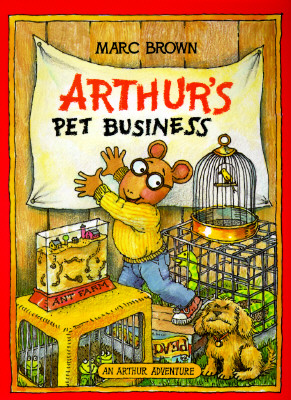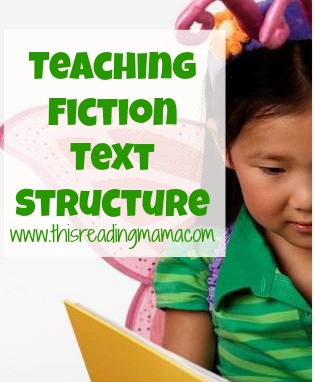{photo credit}
After my student had shown that she could identify the parts of a narrative fiction text structure (click on the picture above to see previous lessons), we moved onto reading & sorting the parts of the story structure. I could tell she was ready to take on more responsibility.READ AND SORT the Text Structure
1. We reviewed the fiction text structure chart I had adapted and talked about each part again. She re-read The Stray Dog out loud and showed me where she stuck her sticky labels and why (homework from Part 1).
 2. We shared the reading of Dr. DeSoto by William Steig. As we read, we identified the text structure parts together, but we didn’t spend too much time with this so as not to affect comprehension. After reading, I showed her some plot phrases from the book that I had typed up & cut out: Dr DeSoto sort. We worked together to place a few of them in the Blank Fiction Text Structure. I wanted to see if she could identify the problem, climax, and other structures before I had her sort all of them on her own for homework.
2. We shared the reading of Dr. DeSoto by William Steig. As we read, we identified the text structure parts together, but we didn’t spend too much time with this so as not to affect comprehension. After reading, I showed her some plot phrases from the book that I had typed up & cut out: Dr DeSoto sort. We worked together to place a few of them in the Blank Fiction Text Structure. I wanted to see if she could identify the problem, climax, and other structures before I had her sort all of them on her own for homework.
3. For homework, I had her re-read Dr. DeSoto and sort all the phrases from the book into the correct part of the plot. I asked her to glue them down in the chart and be ready to show it to me next time.
Note that more than one exposure will be necessary! You can create a READ AND SORT for other books that share the same text structure. For example, another student did a read and sort with a Cam Jansen chapter book after finishing the entire text and yet another did one with Hatchet by Gary Paulsen. It was a great way to review what happened and help with retelling.
READ AND WRITE the Text Structure
 The book I used for this activity was Arthur’s Pet Business by Marc Brown (Level M-2nd grade level), but any book that has a similar plot structure as this one will work.
The book I used for this activity was Arthur’s Pet Business by Marc Brown (Level M-2nd grade level), but any book that has a similar plot structure as this one will work.
1. BEFORE READING: I had her briefly tell me in her own words about fiction plot structure-what happens in the introduction, rise of action, climax and fall of action. I assisted where needed. She showed me her chart from Dr. DeSoto that she did for homework and told me why she sorted them as she did.
2. DURING READING: My tutee read the text (Arthur’s Pet Business), and we discussed which part of the plot we were reading about as she read along; referring to Fiction Text Structure and Scholastic’s Plot Diagram. I lead this conversation initially, but began to release the responsibility to her as the story progressed. We did this initially without recording our thoughts on the Blank Fiction Text Structure. Many times, taking time out to write things down will have a negative impact on comprehension, especially for a struggling reader, because it takes too much time and interrupts the flow of the story.
3. AFTER READING: We began to fill out the Blank Fiction Text Structure (I wrote what she said). We started with the introduction and jotted down the important characters, the setting, etc. I left the rest to her. For homework, she was to re-read the text and finish filling out the blank fiction text structure chart.
Notice I am gradually moving from me doing all the modeling and work to my student doing all the work. This is called scaffolding. Click here for a more in-depth description.
*This post contains affiliate links. For more information, you can read my disclosure policy.
Stay connected to This Reading Mama so you don’t miss a thing:
- Subscribe by email {get really cool FREEBIES when you do!}
- Google+
~Becky

Do have the answer sheets for this? Just want to double check myself. This is a wonderful series. It has been so helpful. Thanks, Caterina